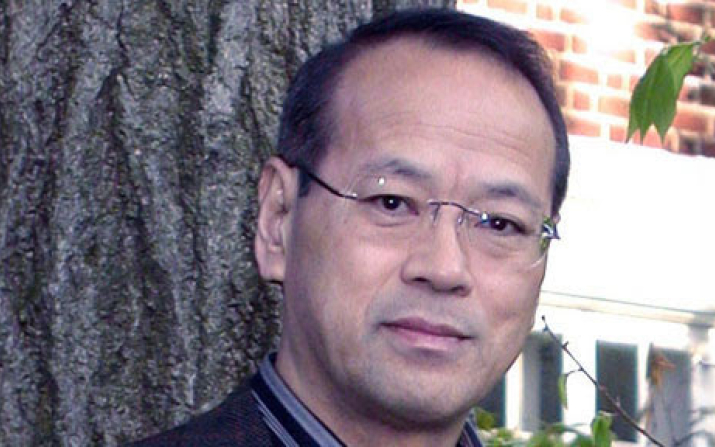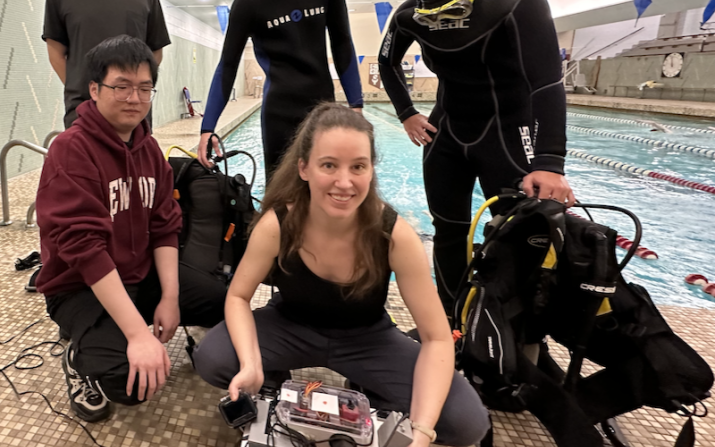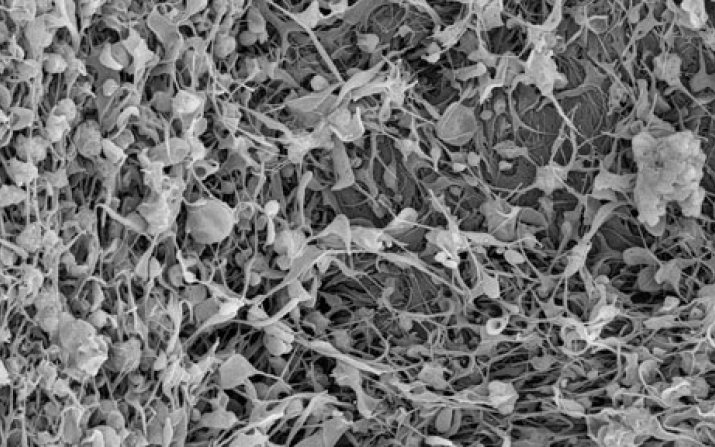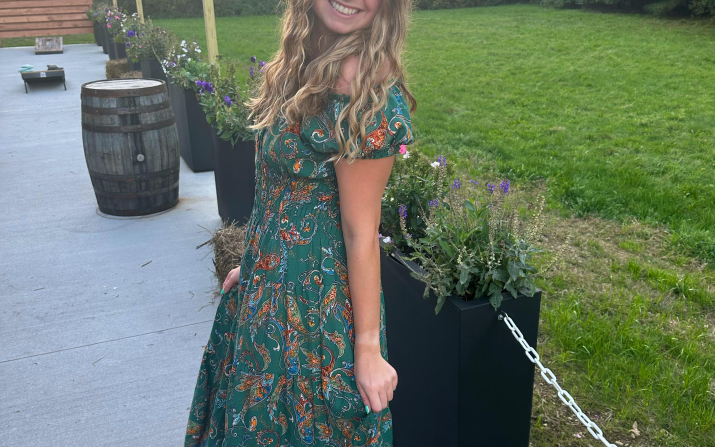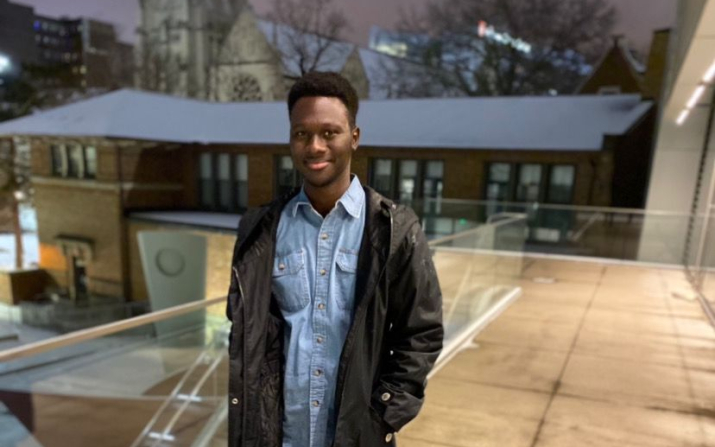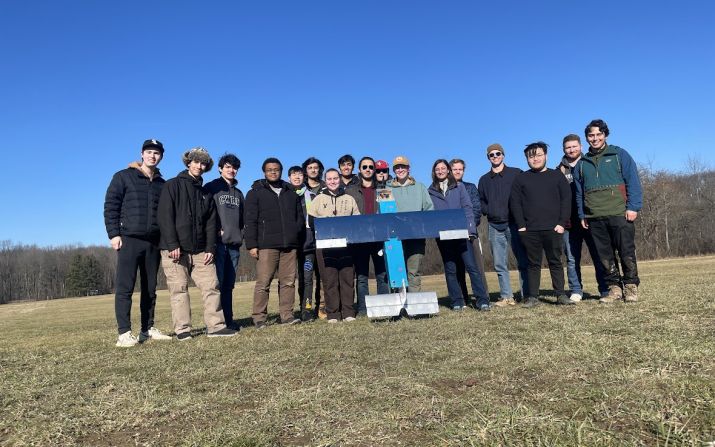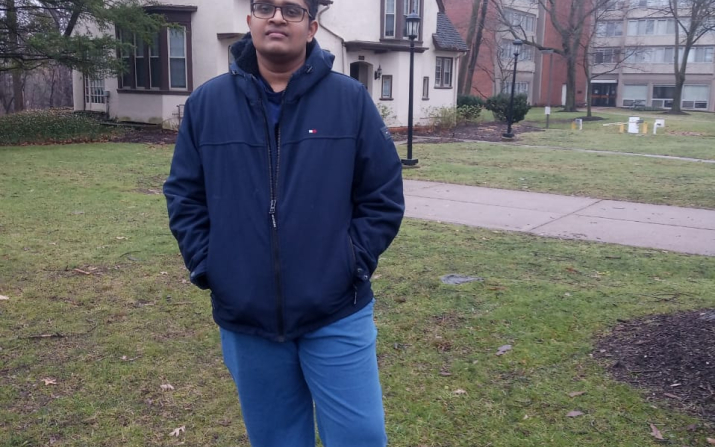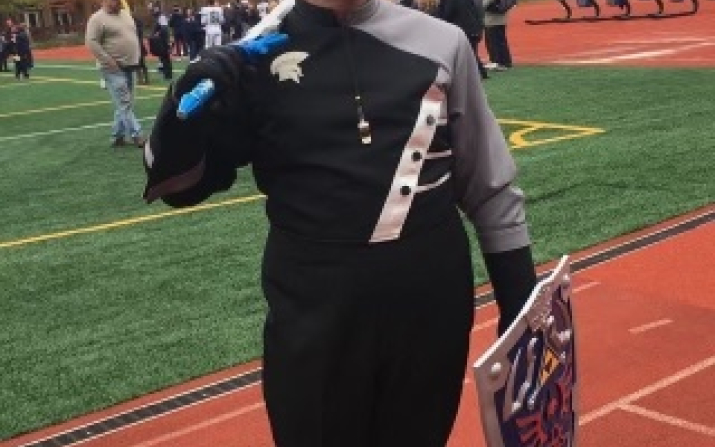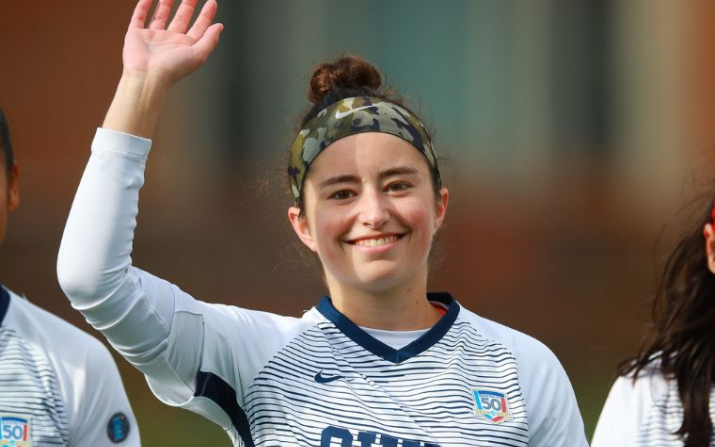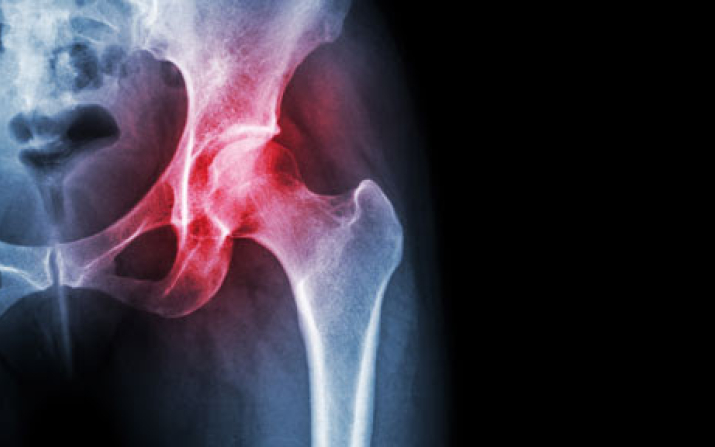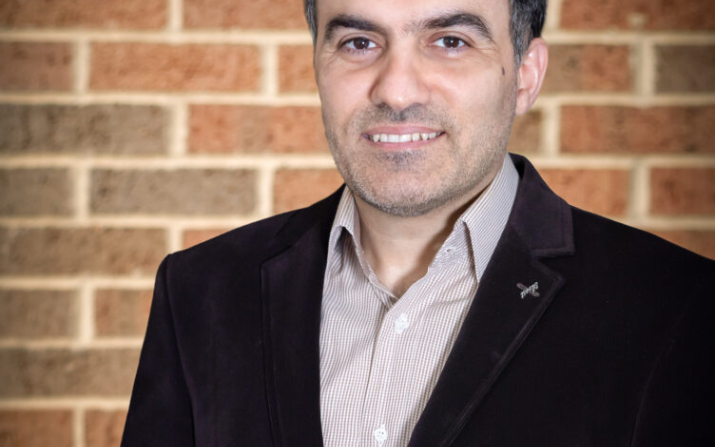Issued in two phases—$20.4 million in the first and, if certain milestones are met, $27.3 million in the second—this work, which is backed by an award from the Advanced Research Projects Agency for Health (ARPA-H), has the potential to change lives. 500 million people globally suffer from the degenerative joint disease osteoarthritis, the most common type of arthritis. The usual treatments target pain relief, often with prescription opioids or prosthetic surgery. Now, a research team led by the Case School of Engineering will begin work on engineering, growing and commercializing “live” replacement joints to treat this painfully debilitating disease.

